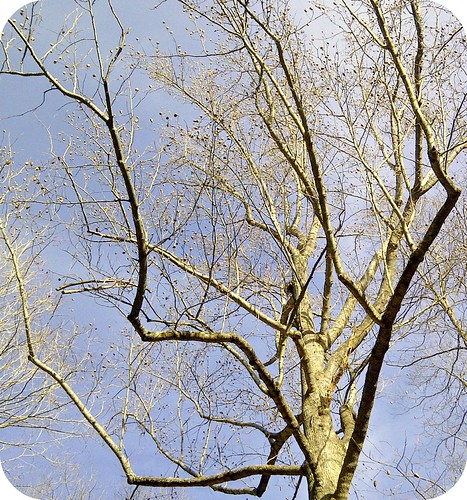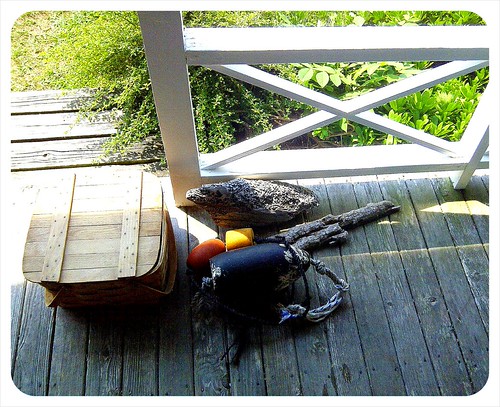It’s been warm enough for me to continue making observational field trips. I’ve decided to Do Something with my tree photos this spring, health permitting — details will be announced here, naturally, at some point — and I need to keep collecting them in the meantime. This latest batch is from Connecticut.


I’ve been reading Forest Forensics with great interest and I’ve learned that some of these holes that my camera is so drawn to are basal scars, “scars at the base of tree trunks created by the removal of bark from fire or some form of impact, such as from logging equipment.” That big, stretched out-looking hole above very closely matches the basal scar examples shown in the book, which are somehow presented in a less suggestive manner. I’ve still got a long way to go in learning about trees, though, so many of the things I’m seeing are still just mystery holes and nubbins to me.





*****
Recommended related reading: “The Man Whom the Trees Loved” by Algernon Blackwood. You can read it in pdf here.

It’s not about the painter of trees one meets there on page one, actually; he’s a relatively minor character. It’s about a couple who live in Hampshire, on the edge of the New Forest. The husband is a retired forestry worker and his wife is troubled by the intensity and mysterious nature of his relationship with trees. The painter comes to stay with them for a couple weeks and then he’s gone.
I have some issues with it as a story, but the weird atmosphere and the vivid writing about trees and about being among trees make it worth reading. The character of the wife is a religious nutter who becomes old and pinched and mothering, and the story gets a bit melodramatic, particularly near the end, and its fluttery Victorian punctuation and tense emotional pitch get to be nearly too much. But there is something fascinating going on in it.


The husband spends more and more time in the woods, at first coming home for lunch, then taking a lunch with him and spending all day with trees.
From morning to night he wandered in the Forest; often he went out after dinner; his mind was charged with trees—their foliage; growth, development; their wonder, beauty, strength; their loneliness in isolation, their power in a herded mass.
The trees eventually become an intrusive force, a sort of psychic presence, in the couple’s home.
*****
Blackwood sounds like an interesting guy. According to his wiki page, he “had a varied career, working as a milk farmer in Canada, operating a hotel, as a newspaper reporter in New York City, bartender, model, journalist for the New York Times, private secretary, businessman, and violin teacher.” He eventually settled in Switzerland and then his native England. From the introduction to my copy of The Best Supernatural Tales of Algernon Blackwood (Causeway Books 1973), which “The Man Whom the Trees Loved” appears in, here is AB when he was seventy, writing about his time in Canada and the U.S.:
During these years my one and only passion was—Nature. I read, of course (from free libraries), with a starving hunger to learn and know. Imaginative literature in French, German, English crammed me; scientific reading came much later. But no desire to write lay in me; in my years of newspaper reporting I betrayed no talent; I had one yearning only; intense and passionate; to get away into the woods or forest by myself. Nature apparently, gave me something that human nature could not give. . . . Meanwhile, fed by my few possible excursions into wild nature, and by tasting something of the bitter dregs of life in the raw as well, I was—presumably—developing. My intense interest in the so-called ‘psychic’ region rushed uppermost. Most of my books deal with imaginative speculation in this debatable region. I have been called the ‘Ghost Man,’ so that when I broadcast it must preferably be a ‘ghost story’ of sorts. My real interest here, however, lay always and still lies in the question of a possible extension of human faculty and the suggestion that the Man in the Street possesses strange powers which never manifest normally.
Ehh. Anyhow, many of the stories in the book focus on nature, either as vividly-described atmosphere — the New Forest (“The Man Whom The Trees Loved”), a storm-lashed bungalow sitting in isolation amidst sand dunes (“The Sea Fit”), lonely moors (“Accessory Before the Fact”) — or as a character itself, like the menacing copse of woods in “Ancient Lights” or the alpine forest surrounding the ski resort in “The Glamour of the Snow.” I’m really enjoying them. A Guardian profile from 2007 reports that while in NYC, Blackwood lived in a boarding house on East 19th St., where he “found his separation from nature in the city intolerable, and the ‘indifference to beauty’ of those about him inexplicable.”
*****
Chapter 2 of my field guide to trees is here.





































































